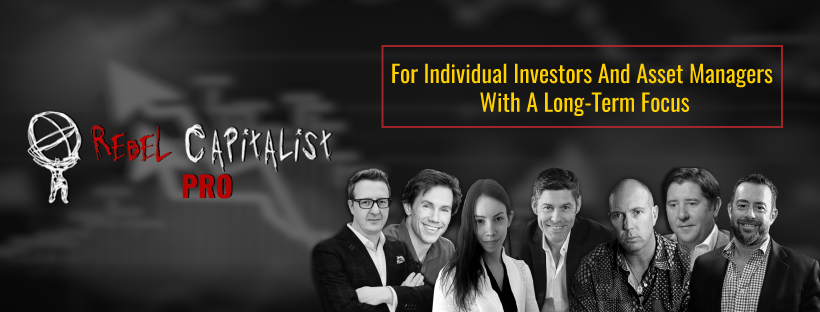What is the Shadow Banking System?
Without any context, the term “shadow bank” conjures up images of James Bond villains and conspiracy-laden family-banking dynasties like the Rothschilds.
But according to the New York Fed, shadow banks are “financial intermediaries that conduct maturity, credit, and liquidity transformation without explicit access to central bank liquidity or public sector credit guarantees.”
Simply put, members of the shadow banking system are non-bank financial institutions that participate in credit creation but operate outside of the scope of federal banking regulations.
While not as exciting as villains or conspiracies, the shadow banking system has come to play an important role in our current financial system.
These institutions usually replace the role of banks as intermediaries between investors and borrowers. They include hedge funds, money market funds, insurance companies, other non-bank financial institutions, as well as government-sponsored enterprises like the FHLB system.
Because these institutions are not regulated as heavily as the banks, they dramatically reduce the cost of borrowing through asset-backed securities, collateralized debt obligations, and the repo market. This lack of regulation and reduced borrowing costs can lead to a rapid acceleration of credit expansion like the market experienced leading up to the Great Financial Crisis of 2007-09.
Today, these shadow banking institutions are making noise again as an increase in excess reserves finds its way into the repo market and other non-bank credit facilities.
Shadow Banking Roots
Going back to the early 1990s, we find the roots of the shadow banking system when the Salomon Brothers firm grabbed the attention of the government by attempting to corner the U.S. Treasury market.
A trader for the Salomon brothers began buying up all of the treasuries at government auctions in August of 1990. When the government caught on and put a limit on the number of purchases from a single firm, the trader started to purchase treasuries from customer accounts and other institutions.
After the government threatened to pull the firm’s license, the purchasing stopped.
So why was this trader attempting to corner the treasuries market?
Shortly after these events, the world GDP, repo market, and derivatives market all began to skyrocket. The trader realized that global economies would have the capital and liquidity to facilitate this rapid expansion and was going to take advantage of the pristine U.S. Treasury collateral to leverage his returns in the shadow banking system.
Although the derivatives market existed before these events, it was not until the 1990s when the derivatives market and shadow banking system really took off.
Shadow Banking Risks
Shadow banking institutions do not fall under the same regulatory oversight regarding liquidity and capital requirements as traditional depository institutions do. This allows them to pursue higher-risk lending.
Although these practices lead to higher expected returns, shadow banking institutions do not have access to the same government backstop liquidity that traditional banks do, including discount window lending from the Fed or public insurance from the FDIC.
They instead must rely on lines of credit and insurance from private sector firms, namely commercial banks and insurance companies. This becomes risky when solvency issues arise as they did leading up to the crisis in 2007-09.
These risky lending practices led to much of the shadow banking system collapsing and some of its institutions going out of business, taking investor dollars down with them.
Shadow Banking System Today
Today, our financial and banking systems are at risk of collapse again from an addiction to cheap money.
Before the Great Financial Crisis in 2007-09, the private sector increased money supply through productive loans in the real economy. But ever since the system collapse, GDP growth is no longer facilitated by the production of goods and services. Rather, it is facilitated by debt.
This rapid expansion of debt, along with increased capital and liquidity requirements has led to an increase in excess reserves. Many of these excess reserves have ended up back in the shadow banking system, where large amounts of capital tend to pool up.
Due to the increased financialization of our economy and the tendency for capital to evade government oversight, it is highly likely we will see the shadow banking system occupying a larger role in the financial system moving forward.

